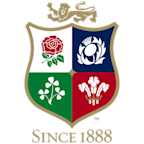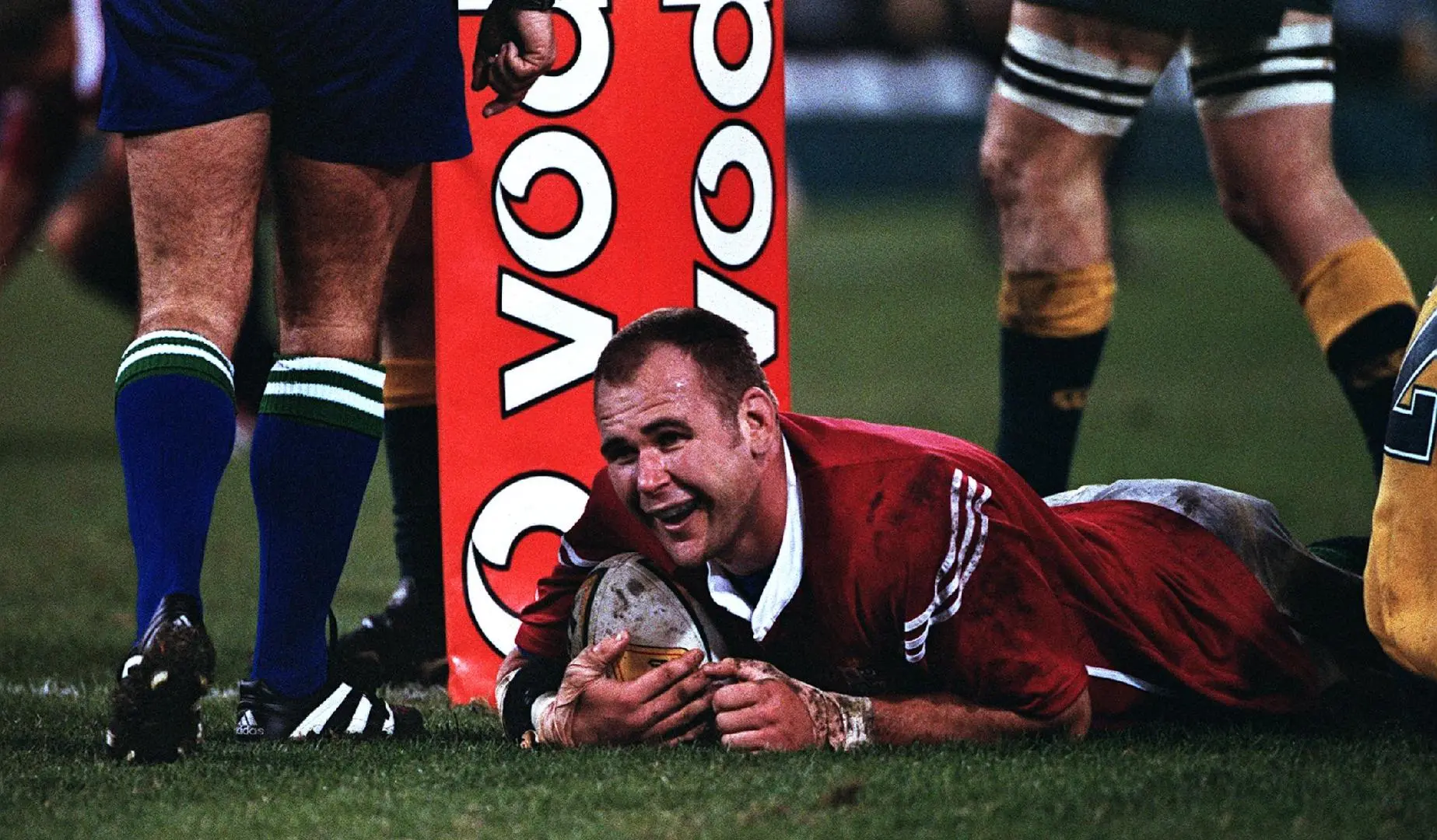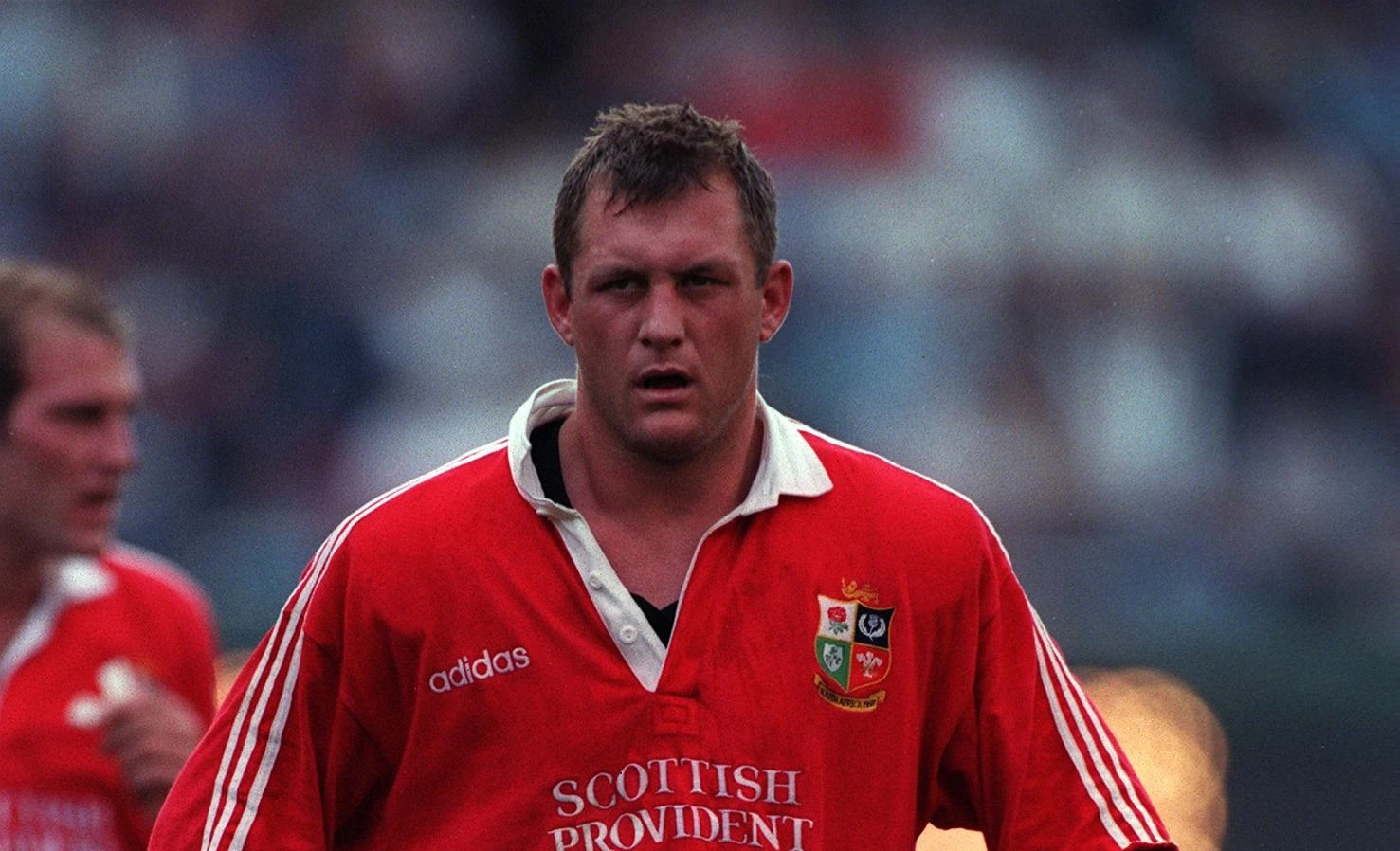If ever there was a perfect nursery for a British & Irish Lions No.8, Scott Quinnell could tell you all about it.
He was raised on the odour of deep heat at Stradey Park, the clatter of studs on concrete was music to his ears.
His father Derek played five Lions Tests, he was lucky enough to call the great Mervyn Davies his godfather and legendary stand-off Barry John is his uncle.
Derek Quinnell was a bruising lock who made his Test debut in a Lions shirt, while the mercurial John marshalled the rarest of Tour wins against New Zealand in 1971 and is one of the most gifted players to pull on a red jersey.
And Merv provided a bit of everything, he had the guile of a JPR Williams but combined outstanding durability, with strength in the maul and a passing game ahead of his time.
Quinnell believes No.8s have to be the team’s all-rounders, the decathletes and with those formative influences, the former Llanelli No.8 became exactly that.
“You need power, pace, the strength to be able to carry ball and control off the back of the scrum,” the 43-year-old said.
“A lot of people take the quality number No.8s for granted. The likes of Taulupe Faletau, Kieran Read have that control down to a fine art.
“To be able to do that is a skill in itself and of course, getting over the gain-line, the modern day No.8 is a line-out forward too.
“From athletes’ perspective, it is the decathlon – you have to have a little bit of everything.”
Beginnings:
In recent years, Jamie Heaslip and Faletau have provided the Lions impetus from the base of the scrum, both playing a crucial role as Warren Gatland led the side to a 2-1 victory Down Under in 2013.
But No.8s come in all shapes and sizes – whether it is Merv the Swerve or a larger-than-life Dean Richards – but all must combine the athleticism and soft hands of a centre with the robust physicality of a back-rower.
New Zealand’s infamous 2-3-2 scrum formation that caused so much controversy when the Lions travelled south in 1908 and survived to distress legendary Lions manager James ‘Bim’ Baxter in 1930, but the uproar ensured it did not last much longer.
In 1931, World Rugby effectively forbade a two-man front-row and in so doing ensured uniformity across scrums world-wide and though the 3-4-1 (or 3-2-3) had been commonplace previously outside New Zealand, that law change presaged the modern era of forward play.
Jim Greenwood (South Africa 1955)
Twenty Scotland caps, nine as captain, four Tests for the 1955 Lions in South Africa and yet Jim Greenwood will forever be remembered as much for what he achieved off the pitch as on it.
That is not undermine what he did do, 6ft2 with a superb turn of pace and brilliant footwork, Greenwood was a huge influence as the Lions drew the Test series with the Springboks.
Though he played flanker in the first Test, Greenwood scored a try as the Lions triumphed 23-22 in Johannesburg and was again instrumental as they won 9-6 at Loftus Versfield.
But the man who became ‘Mr Rugby’ changed the face of the game with his two seminal texts ‘Think Rugby’ and ‘Total Rugby’, while he was mentor to Sir Clive Woodward, Fran Cotton and Andy Robinson as a lecturer and coach at Loughborough University.
Jim Telfer (New Zealand & Australia 1966, South Africa 1968. As Coach: New Zealand 1983, South Africa 1997)
The indomitable Jim Telfer refused to take a backward step either as coach or as player.
Melrose back-rower Telfer stood 6ft2 and almost 15 stone in his pomp, but it was his hard-nosed, defiant attitude that separated him from the rest.




